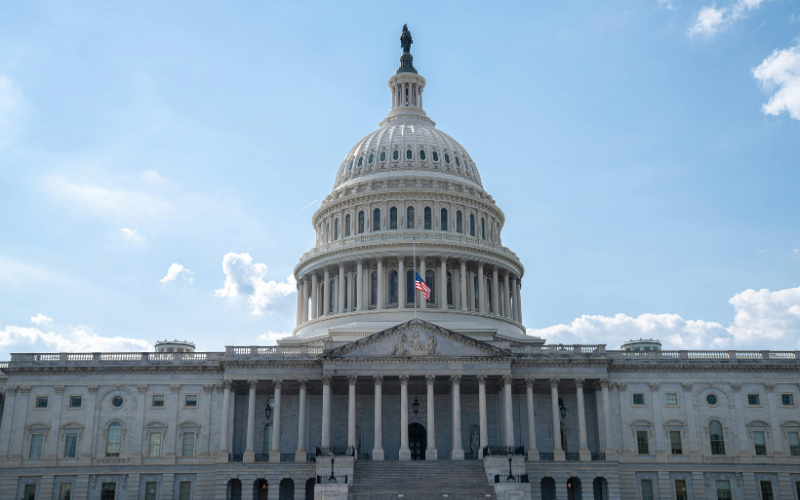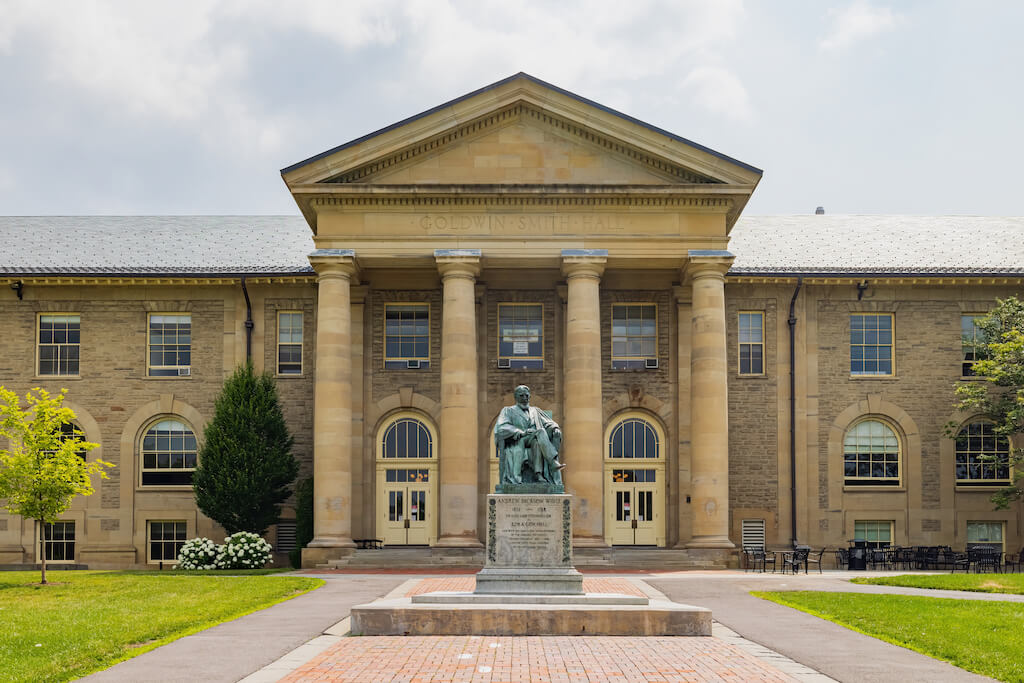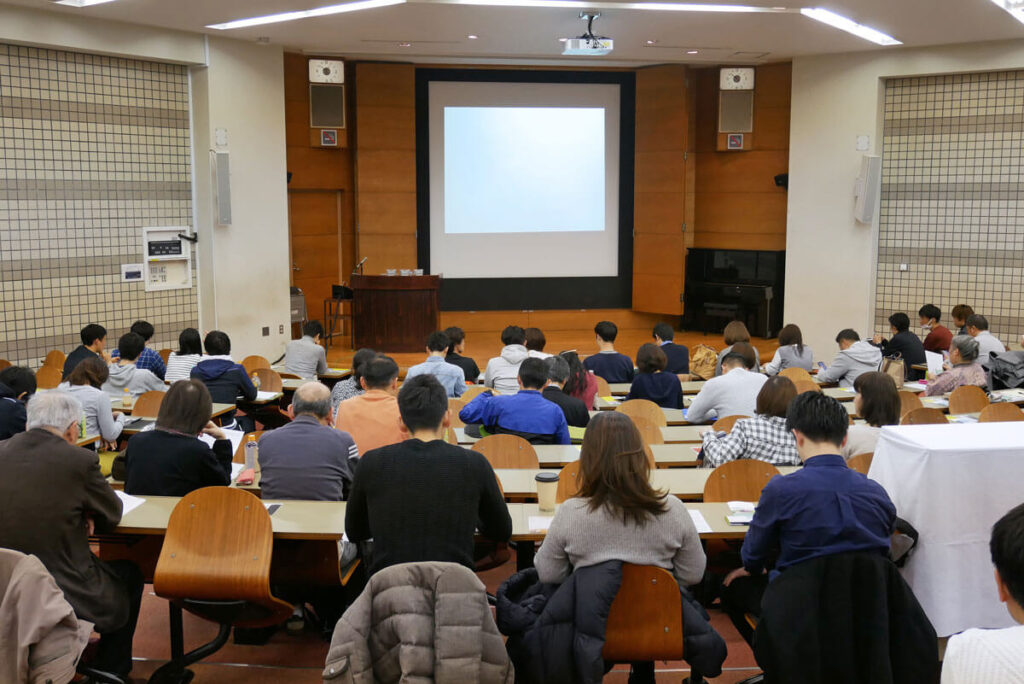On Monday, December 15, fifteen higher ed associations sent a letter to Congress asking that a portion of the Obama economic stimulus plan be allocated to higher education. The letter indicates that 18 million Americans are attending higher education institutions, and since 18 million represents six percent of all Americans, a corresponding six percent of the allocation should go to higher ed. The letter’s proposal is organized into three parts: Student Aid, Infrastructure Grants, and Additional Student Centered Recommendations.
This proposal correctly cites the number of Americans studying in higher education programs. However, the figure of 18 million includes a significant number of part-time, working adults (36% of all undergraduates and 61% of students at two year institutions), and historically, the part-time working adult cohort has been excluded or overlooked by many higher education lobbying efforts. Regrettably, this letter, although widely endorsed by a great number of reputable associations, is no exception.
Part I relating to student aid is a request to increase the maximum Pell Grant award by 15 percent. This is a laudable request, particularly since part-time students enrolled at least on a half-time basis are eligible for the Pell Grant program. The suggestion to increase the Supplemental Education Opportunity Grant (SEOG) also appears to be both reasonable and appropriate. I suggest that Congress consider an alternative to extend Pell Grants to less than half time students. Recent IPEDS data suggests that only half of America’s college students graduate in six years. Half-time rules are designed for the six year degree completer, but if we are not meeting the needs of half of the population, we should evaluate changing the system design.
The second part of the letter relating to Infrastructure Grants seeks to establish a Higher Education Infrastructure Block Grant (HEIBG), the proceeds of which would be used to rebuild infrastructure at non-profit higher education institutions. These allocations would be based on full-time students residing within the state in which the institution receiving the grant is located. I have two issues with this request, the first of which is that the allocation of money is based on full-time students. The clear implication is that the substantial number of part-time students and the many institutions that serve them do not do not warrant consideration, much less inclusion, even though their numbers are included in the 18 million figure used to justify the six percent request. Unless a way is found to include institutions that serve part-time students, this aspect of the proposal is fundamentally flawed.
The second issue is that the request is limited to infrastructure initiatives at non-profit institutions only. This is a unfortunate oversight that fails to account for the fact that for-profit institutions are engaged in providing comparable educational opportunities to learners as do their not-for-profit counterparts, and they provide those opportunities “on the ground” as well as online. Moreover, for-profit institutions pay income taxes, property taxes, and a myriad of other taxes and fees, with the not-for-profit institutions often being the beneficiaries of those taxes, as well as from tax deductible donations from their alumni. It would seem that a strong case could be made in support of the proposition that if the government funds the reconstruction of buildings on non-profit campuses, those building should go back into the property tax pool so that taxpayers can be repaid. Furthermore, given the fact that accredited, for-profit institutions pay property and income taxes, why should they be excluded from participating in this grant program, particularly since the government will quite likely receive a meaningful return on its investment in the form of additional revenue resulting from higher property taxes and/or income taxes?
Part II is also troubling in that it indicates that money for these grants should be allocated to the states based on full-time enrollment, while suggesting that the governor of each state should allocate the money according to full-time equivalent (FTE). The latter metric makes much better sense than does the former, but regardless, the proposal should have avoided the inconsistency between these two accounting methods. I also endorse the suggestion that priority should be given to sustainability and green building projects. In summarizing my position regarding this section, I would reiterate my original recommendation, which is to avoid excluding those sectors of the higher education community that were an inherent component of the algorithm used to justify the proposal.
Part III of the letter is entitled “Additional Student-Centered Recommendations,” and it deals primarily with student loan issues. While I agree that some of the suggestions may provide a measure of student loan relief, I am concerned that this section is not, in fact, student-centered. We do not have a student-friendly higher education environment when the FSA regulations and the actions of institutions themselves have increased the rate of tuition at more than twice the rate that the average family income has increased during the past ten to fifteen years. Higher education should be affordable, but for many families at the lower end of the economic ladder, it is not. I would propose that funding benefits be granted to students who attend institutions whose tuition and fees are less than the federal loan limits. This approach would increase the support to this population while limiting or reducing the loan obligations that are both a deterrent to pursuing higher education and a burden if pursued. Admittedly, this recommendation carries with it the implication that colleges and universities will need to do a much better job of managing their costs in order for their students to maintain their eligibility for such grants While loans are necessary, non-subsidized loans are a disadvantage to all, and the less indebtedness that a student must bear upon graduation from college, the more likely he or she will be financially able to spend their earnings on a house and other economy-stimulating goods and services.
One of the merits of our higher education system is that there are options for everyone. If the fifteen association signatories to this letter would presume to speak for the broad, inclusive spectrum of higher education, they would do well to reconsider some of the fundamental elements of this proposal. Failing that, they should candidly acknowledge that while their proposal accounts for a substantial sector of the 18 million higher ed students, it does not come close to accounting for the entire cohort. Having clarified that point, the authors need to choose between making their proposal all-inclusive, or reducing their funding recommendation by a factor of one third.










